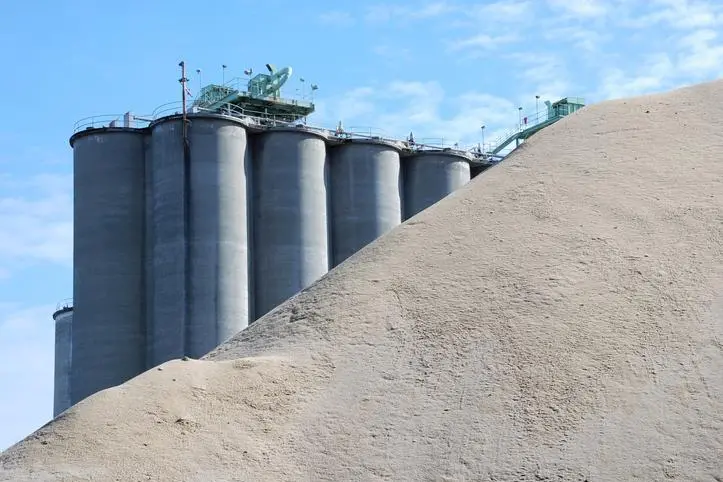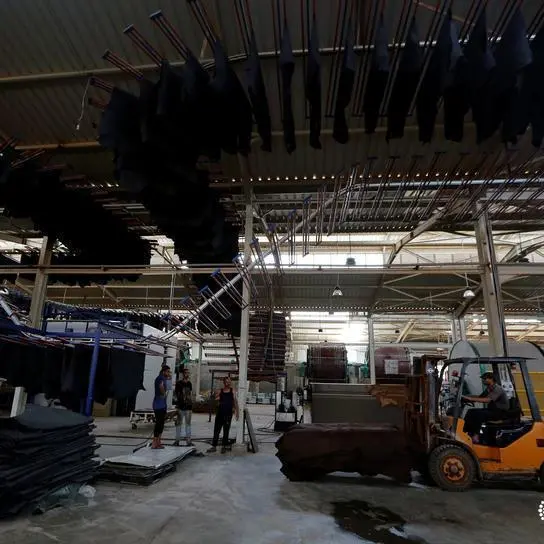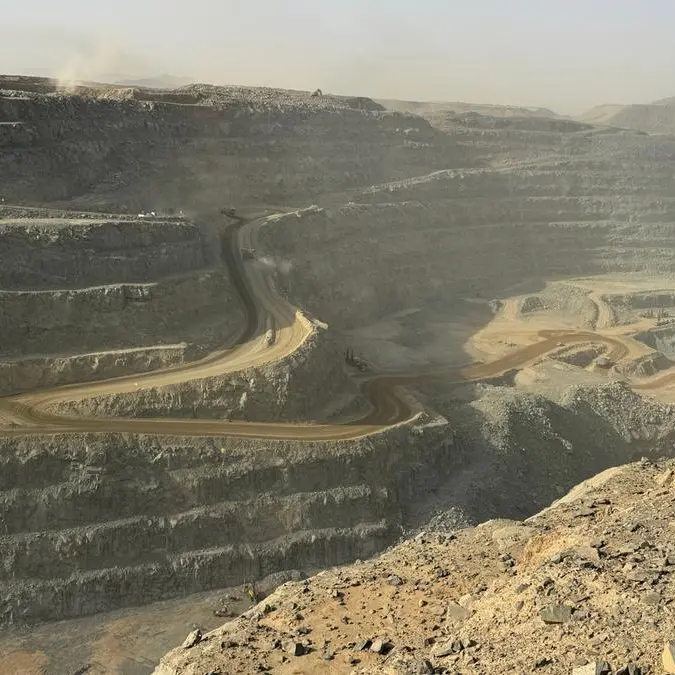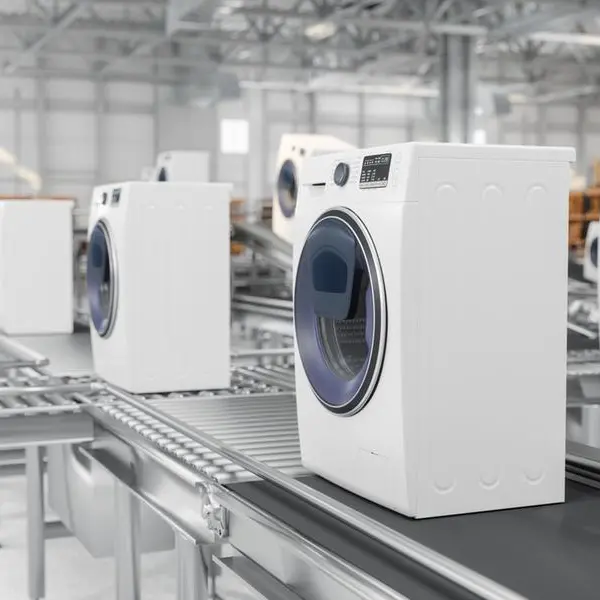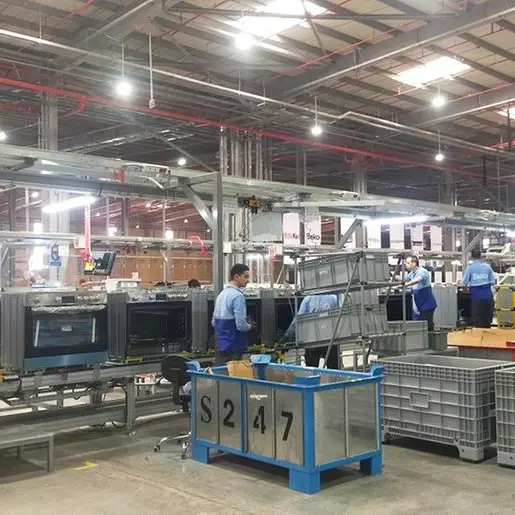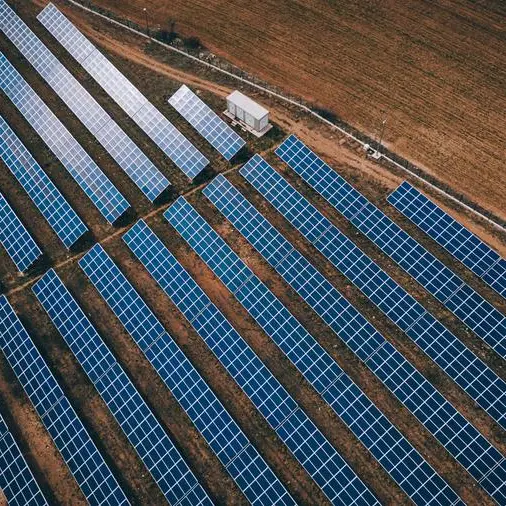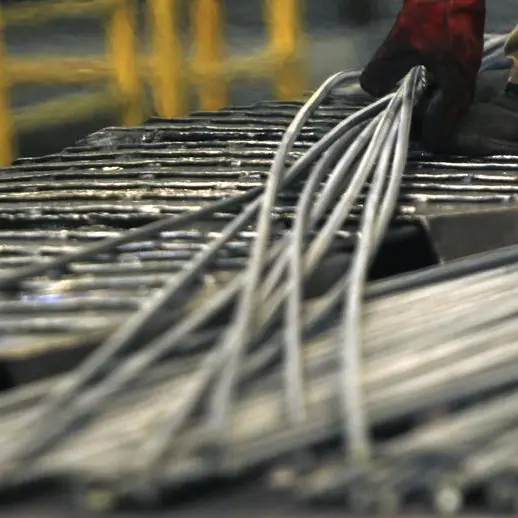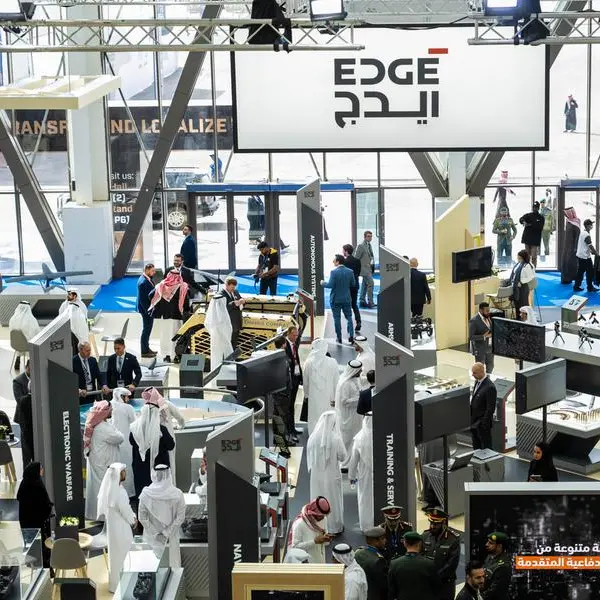PHOTO
The Middle East and North Africa region’s average CO2 emission per tonne of cement is 35 percent higher than the global average, contributing 0.5 percent of total global CO2 emissions, World Cement Association CEO Ian Riley told Zawya Projects.
While net-zero policies are a start to enabling cement producers in the region to achieve decarbonisation, 2050 or 2060 goals are too far out to drive significant change, he said.
He called for a sectoral roadmap to set 2030 targets for the cement and construction sectors, underscoring the necessity for transparent emission data reporting.
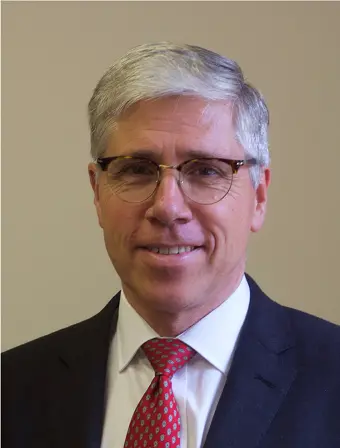

Here are the excerpts:
Q. How have the cement companies in MENA and GCC fared globally when cutting carbon emissions?
A. Unfortunately, there has been little progress so far when it comes to reducing CO2 emissions across the sector here. However, there are many low-hanging fruits when it comes to opportunities for cement companies in GCC to become more competitive while reducing emissions. This will be a big focus of our annual conference in Dubai at the end of this month, as we want to raise awareness of what is possible and help producers in the MENA region on their decarbonisation journeys.
Q. How do they stack up against their international counterparts?
A. When comparing the region’s average CO2 emissions per ton of cement, the MENA region emits about 830 kilogrammes compared to the global average of 620 kilogrammes, so right now, this is almost 35 percent higher than the average.
Q. What is the contribution of regional cement companies to the global CO2 levels in 2022?
A. The MENA cement industry is currently responsible for about 0.5 percent of total global CO2 emissions.
Q. Do you see this rising as companies increase production due to mega projects planned in the GCC?
A. Most regional producers have the potential to reduce emissions by almost half, so even with the increase in demand from various mega projects, there is scope for total emissions to decrease even as the demand for cement increases.
Q. What are the significant challenges faced by these companies?
A. The biggest challenge faced by producers in oil-exporting countries is matching the strong demand for cement while facing overcapacity and weak pricing. In developing countries, these problems are compounded by weak currencies and increased costs for inputs.
Q. Do you see cement manufacturers in the GCC refraining from investing in sustainable technologies due to the current geopolitical issues, higher energy prices and surging inflation?
A. The economic environment does cause some difficulty for cement manufacturers in the GCC. However, the main factor holding back investment in sustainable technologies tends to be the lack of economic incentives. For example, using waste heat to generate electrical energy through waste-heat-recovery systems (WHR) is a well-established technology and earns a return based on electrical power savings. Nonetheless, in countries where electrical power is subsidised, such as Egypt, investing in WHR offers no return on investment.
Q. How can cement companies in GCC almost halve their concrete CO2 footprint with zero or very low capex?
A. Cement companies that follow the MENA-focused roadmap developed by WCA and our partner A³&Co. can achieve reductions of up to half their current emissions. Key steps they can take include operational excellence, increasing the use of supplementary cementitious products, fuel switching to using more waste and biomass, and improving energy efficiency through a range of possible measures, including WHR, cooler retrofits, process fan optimisation, etc.
Q: Often, how much investment is required to adopt sustainable processes?
A: Cement plants need constant investment to maintain operational efficiency, replace wear parts and carry out minor improvements. With a few exceptions, the investment needed to reduce emissions will be within the normal budget, so it doesn’t require significant additional capex.
Q: Will the net-zero policy adopted by the UAE and Saudi governments drive cement companies to achieve decarbonisation sooner than expected?
A: Net zero policies are a start to encourage cement producers in the region to achieve decarbonisation, but the 2050 or 2060 goal is too far out to drive significant change. What is needed is a sectoral roadmap that sets out 2030 targets for the cement and construction sectors. An important first step is to require transparent reporting of emission data.
Q: What is your advice for the governments and companies as the GCC sees the development of multiple giga projects?
A: Giga projects represent a chance to bring about change. They can have specific requirements for green products, or they can use bidding processes that take into account the relative carbon footprint of each offer, using a well-established environmental product declaration life-cycle assessment methodology. This will establish a market for environmentally friendly products and the practice of measuring climate impact.
Q: What ways do you suggest to reduce and reuse cement debris?
A: Several new technologies allow concrete waste to be processed and reused in producing fresh concrete while sequestering CO2. To encourage adoption, governments should encourage circularity, with specific policies favouring recycled over primary materials.
(Reporting by P Deol; Editing by Anoop Menon)
